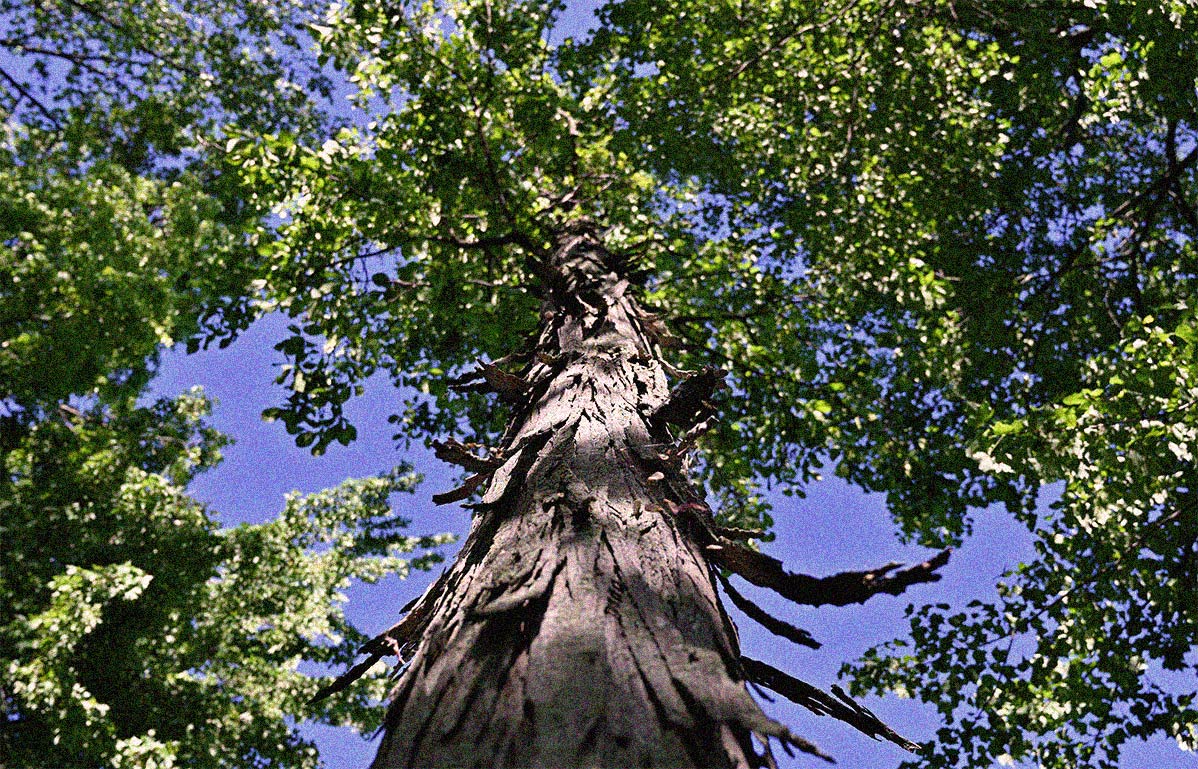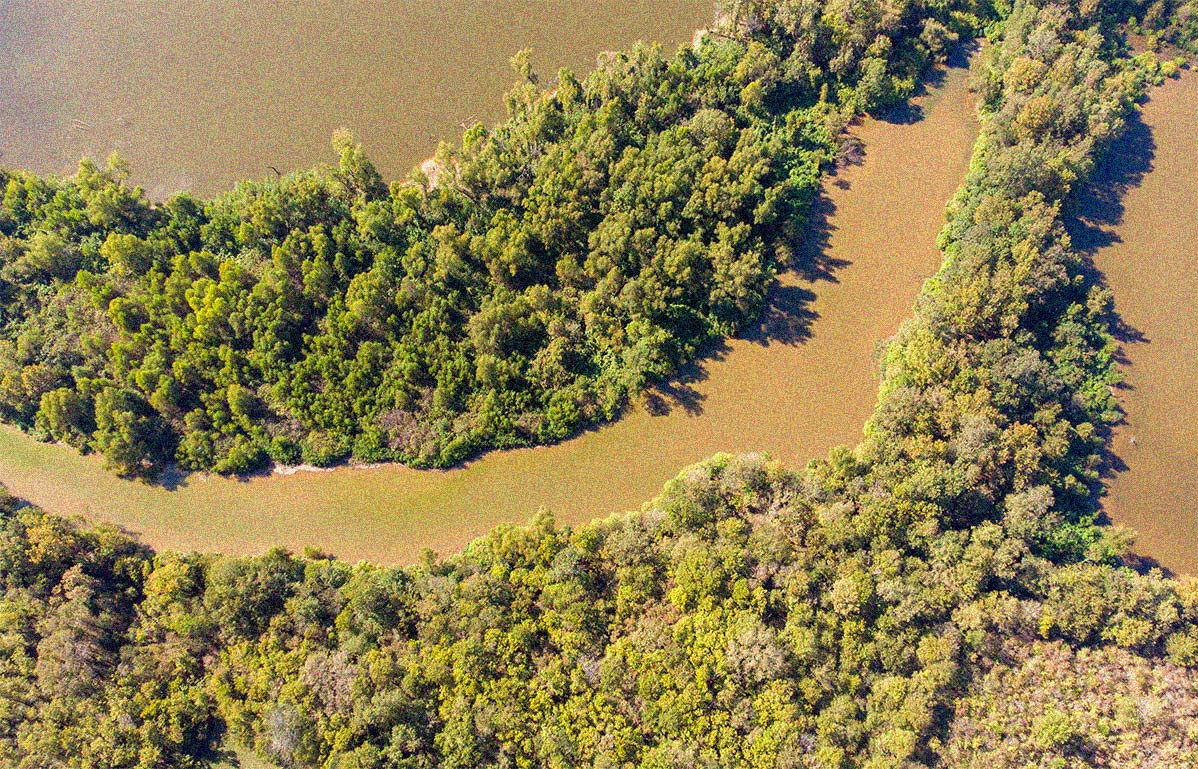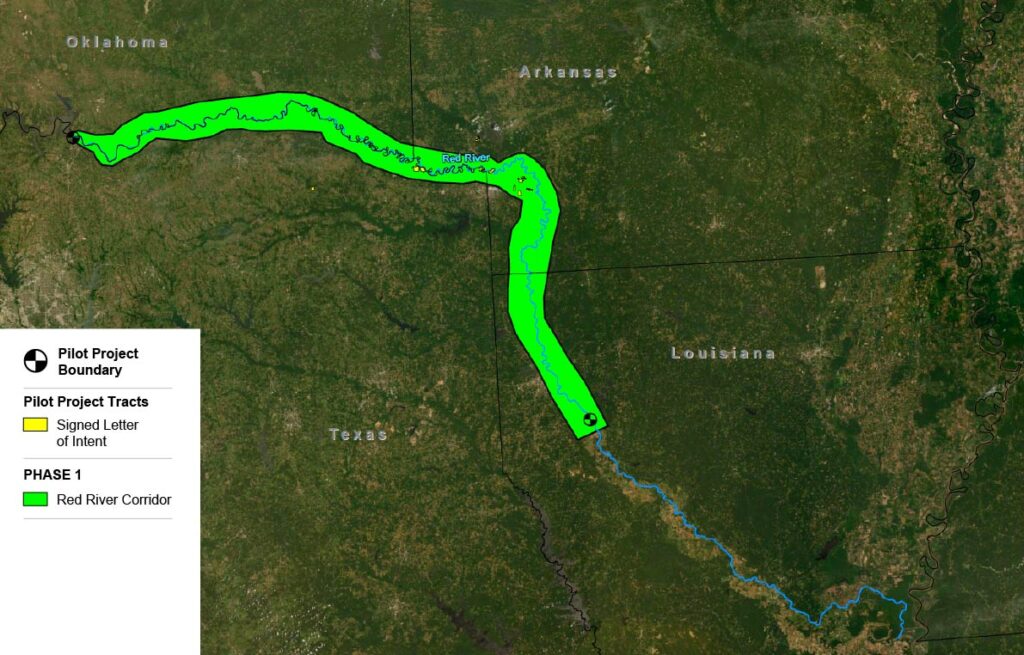We're helping landowners manage their natural resources while maximizing economic and environment benefit, and offering reliable carbon credits for businesses with hard to abate CO2 emissions.
Net Zero Partner
We’re working to progress America’s journey towards net zero carbon emissions by utilizing our extensive experience in environmental sciences and the energy industry.
Reusing and Renewing
We transform marginal farmland and other degraded working lands into sustainable forests, guiding landowners, including those in USDA Agricultural Conservation Easement Programs, through tree planting and a smooth transition process.
Creating Sustainable Futures
Buying high-quality carbon removal credits can enhance your company’s sustainability metrics. For publicly traded firms, the origin of the offset can boost their ESG rating, influencing capital accessibility and costs.
Carbon Capture Through Reforestation
Our forestry-based carbon capture project spans across over 15,000 acres of land in Arkansas, Louisiana, Oklahoma, and Texas. Through annual enrollments, our project will continue expanding to link forested areas to form conservation corridors along the Red River, it's tributaries, and their adjacent wetlands.
We aim to use carbon credit earnings to support conservation practices and their ecological benefits.
Project Area Forest Loss & On-Going Conversion Risks
AR, OK & TX among top

Creating a Difference, Right in Our Backyards


Not only offsetting carbon, we’re removing it.


Stacked Benefits
- Aligned with multiple Sustainable Development Goals
- High quality biodiversity benefits


Habitats Goals
- Reforest riparian areas and degraded lands
- Connect privately owned unrestricted properties with existing conservation easements
- Create and expand conservation corridors
using the carbon credits as a catalyst.


Biodiversity Goals
- Reintroduce or expand habitat of native species where appropriate (quail, turkey and black bear) within project corridors.
- Conserve and expand riparian areas, offering exceptional bird habitats especially for birds of prey.


Preserve and Enhance Working Lands
- Reforestation: Focus on replanting croplands and conservation areas with native and fast-growing trees.
- Timber Management: Ensure sustainable practices for timber harvests.
- Land Use: Encourage regenerative soil practices for added benefits and carbon credits.

Future Expansion

Phase 1
Red River Corridor
- To achieve scale we enroll qualifying owners annually at no cost.
- Expansion will focus on contiguous habitat along the Red River and its tributaries beyond the 70-miles of riparian protections included in the pilot project
Frequently Asked Questions
Proximity to Red River, a tributary, and/or associated wetlands is necessary for our Red River group project. Although Red River or tributary frontage is preferred, your property does not have to be located directly adjacent to the Red River.
Yes, existing timber can be inventoried and accumulation of forest-based carbon over time will be monitored as part of the project.
Yes, we will coordinate with owners prior to harvest to ensure required forest inventory is maintained within the project area.
The program is intentionally flexible for preferred management practices, including prescribed burning. Harvests must conform to the project sustainable timber management plan and NRCS timber stand improvement plans, if applicable.
No, Carbon Rho performs all necessary timber inventory and on-going monitoring activities.
Upon approval of the project baseline report and issuance of initial carbon credits, payments will occur approximately annually. Payments are based on an owner’s pro-rata contribution, as a percentage of total metric tons of carbon credits sold each transaction.
Each carbon credit represents an equivalent of one metric ton of carbon storage. Payments are made on a market-based price that will vary over time, and proceeds are based on a dollar per metric ton basis.
Get Started Today.
- 8222 Douglas Ave, Suite 900, Dallas, TX 75225
- 972-473-7684
- info@carbonrho.com
